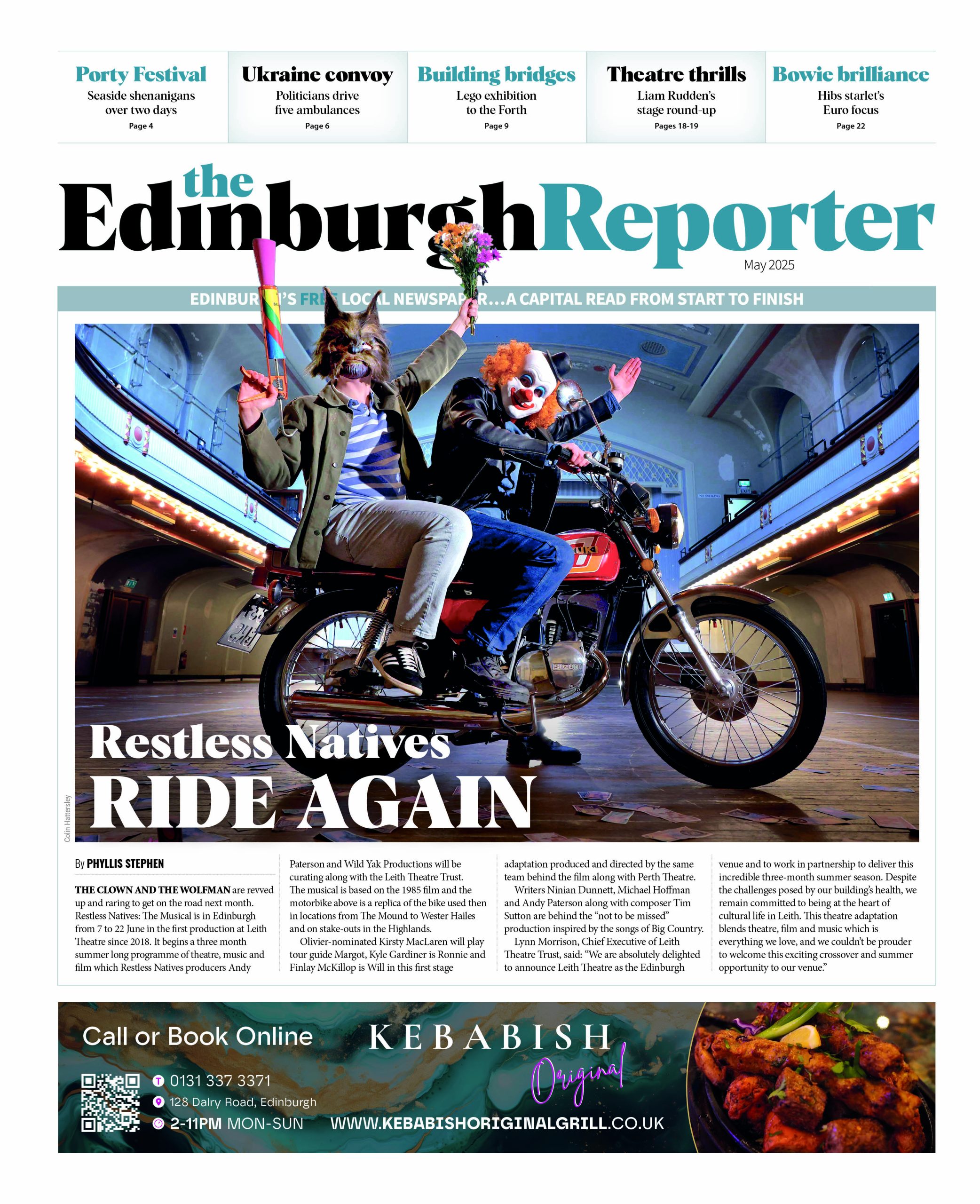Creating a productive workplace is a complex challenge for many organisations. The design of a workspace can significantly impact employee engagement and overall business performance.
When environments are tailored to meet the specific needs of their workforce, productivity levels rise, collaboration improves, and creativity flourishes. This article delves into innovative approaches to transform traditional workspaces into dynamic environments that foster efficiency and wellbeing.

Identify Workspace Dynamics
The heart of a successful workspace lies in understanding how employees interact with their environment. Factors like lighting, layout, and furniture can greatly influence mood and productivity. Companies must consider what their employees need to perform at their best. For example, an open-plan layout may encourage collaboration for some teams, while others may require quieter areas for focused work.
Adaptable spaces within a workplace allow organisations to cater to diverse working styles. Engaging employees in the design process can yield valuable insights. Surveys and feedback can help identify essential features, whether it’s more natural light, access to greenery, or relaxing areas.
Prioritising these elements ensures businesses create an environment where employees appreciate and feel motivated to contribute. Leveraging professional office fit out and refurbishment services can further enhance these tailored designs, ensuring every aspect of the workspace supports both function and aesthetics.
Integrating Technology for Enhanced Productivity
The modern workplace must embrace technological advancements to remain relevant. Integrating smart technology can create a more efficient and user-friendly environment. Automated lighting and climate control systems enhance comfort and reduce energy usage. Technology that supports remote work fosters collaboration, ensuring that teams can connect regardless of their physical location.
Tools that facilitate data sharing and project management streamline workflows. When employees have technology seamlessly integrated into their daily routines, it becomes easier to accomplish tasks and achieve goals. Investing in technology elevates the workplace experience and drives business success.
The Role of Sustainability in Workplace Design
Sustainability is a vital aspect of contemporary workspace design. Incorporating environmentally friendly practices reduces a company’s carbon footprint and enhances its brand image. Using sustainable materials and promoting energy-efficient systems creates a healthier work environment.
Green spaces, such as living walls or indoor gardens, improve air quality and give employees a sense of calm. Companies can demonstrate their commitment to sustainability by encouraging office recycling and waste reduction practices. By prioritising these elements, organisations cultivate a culture of responsibility while attracting talent who value corporate sustainability.
Creating Flexible Spaces for Future Needs
Work is changing rapidly, making flexibility key to adapting to these shifts. Designing spaces that can be easily reconfigured allows businesses to respond to demands and preferences. Whether creating areas for collaborative projects or quiet zones for focused work, having various space types encourages employees to utilise the environment in ways that best suit their tasks.
Mobile furniture and modular designs enable teams to rearrange their surroundings as needed, fostering a sense of ownership and creativity. This flexibility also facilitates cross-functional teamwork, allowing employees from various departments to collaborate in shared spaces to brainstorm and innovate.
Fostering Wellbeing Through Design
Physical and mental wellbeing are critical components of workplace success. Thoughtful design can promote employee health, reduce stress, and boost morale. Incorporating ergonomic furniture, adjustable desks, and wellness rooms supports a healthier work experience.
Natural light is essential for both mood and productivity. Large windows and open layouts that invite daylight can invigorate a workspace. Additionally, incorporating colour psychology into design can influence emotions, with calming colours promoting focus and vibrant hues stimulating creativity.
Encouraging social interactions is also vital for building a strong workplace culture. Design elements facilitating informal gatherings, such as break-out areas or communal kitchens, promote employee camaraderie, enhancing relationships and teamwork.
Ultimately, implementing these innovative approaches can help businesses elevate their workplaces and foster an environment where employees thrive. Consulting with experienced professionals can provide valuable guidance in developing designs that reflect organisational values while enhancing employee engagement.





